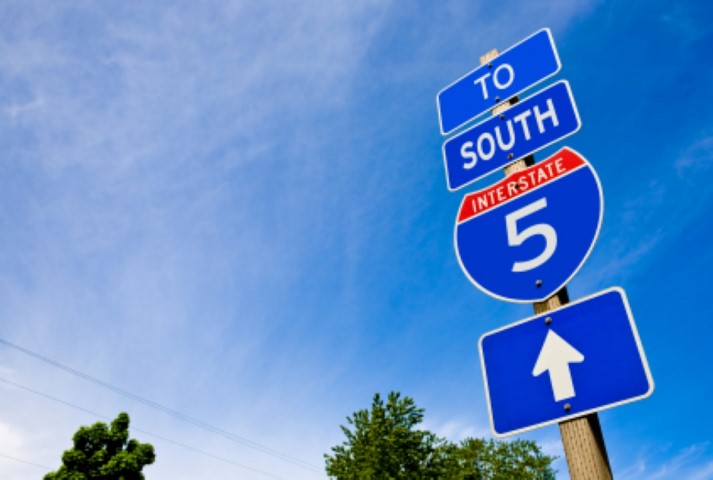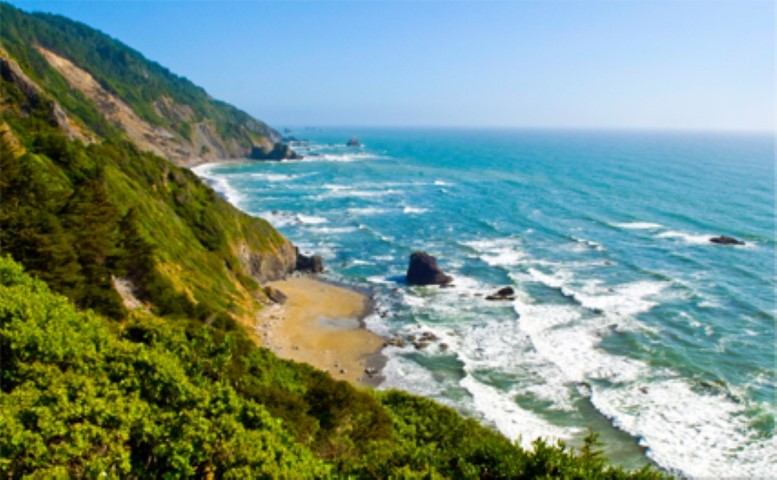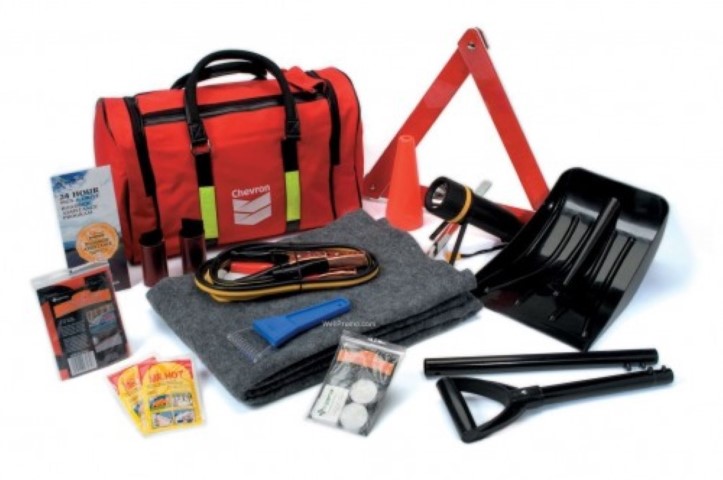Heading South for a Californian Road Trip
- Written by
- Published in News
- font size decrease font size increase font size
- Be the first to comment!

California is a road trip Mecca. Its Interstate 5, for example, stretches a massive 1287 km and takes an estimated 15 hours of uninterrupted driving to get from Oregon at the top to Mexico at the bottom. Along the way you can stop off at world-famous cities such as Los Angeles and San Francisco, or just cruise past world-class scenery ranging from deserts to mountains to beaches. Best of all – it’s all practically on Canada's doorstep, with an estimated 1.5 million Canadians visiting every year (making it the sixth most popular Canadian destination in America). Now tourism body Visit California has made planning a road trip there even easier, recently releasing the California Road Trip 2013-14 guide. As the September long weekend fast approaches and summer dwindles now is the perfect time to plan your last-minute road trip getaway. In fact, heading south to the States to explore it by road could even be doing your car some good.
Making Driving Across California Easy

The free California Road Trips 2013-14 guide aims to make planning road trips a breeze. It contains 12 different itineraries aimed at families wanting to do anything from outdoor activities to shopping to wine and dine experiences. The itineraries cover the breadth of opportunity and land that is California, starting with a suggested outdoor-centric Sun-Lover's Loop in San Diego County and ending with a meandering drive along the north coast dubbed Wild Waves and Big Trees. Visit California's chief executive Caroline Beteta said the guide not only highlighted the best routes for family recreation and fun but gave visitors the inside scoop on attractions. “California is the ultimate getaway for families from across the globe, as everything from beaches to snow and deserts to mountains are accessible in just a day’s drive,” she said. “By traveling our highways and byways, visitors can experience the incredible playground that is the Golden State.” Importantly the guide also includes a mileage chart with details on how far major destinations in California are from each other – an essential tool for a destination where 620 kms lie between two of its most popular cities (Los Angeles and San Francisco).
Taking Technology on the Road
For the tech-savvy traveller who doesn't leave home without their iPhone, Samsung Galaxy S4 or Nexus 7 tablet the new guide is designed to work in tandem with smartphones. All of its itineraries contain unique QR codes that take users to online itineraries made for smartphones, while the entire guide is also available for free download for those who prefer their books in digital form. Remember if you're heading south of the border and plan on using your mobile phone you'll need to be careful of roaming costs – which can quickly add up. For example Rogers and Fido charge $7.99 a day for access to 50mb of data while on the road, which won't get you far if you like to use your smartphone for anything other than simple text-only emails.
If you’re on the road for longer and want to use the full spectrum of your smartphone and don't want to have to spend your days looking for WiFi hotspots, then you might want to consider getting a US SIM card. There are plenty of plans out there so take a look at what's available and choose the one that will best suit your adventure. Remember you'll need to get your phone unlocked to use a US SIM card, so it can be best to find out what getting your phone unlocked means for your plan and carrier before doing so. Visit California is also encouraging travellers to share their experiences with others road trippers via the #CARoadtrips hashtag on Twitter or Instagram – so get your data roaming sorted out and you could be sharing the best of California with countless others on the road as well as everyone back home.
Getting Prepared Before You Head Off
A guide to all the best attractions, drives and sites is obviously helpful, but before heading out on any extended road trip you always need to prepare a little more than you would for travelling by air. Getting your car fully serviced is the obvious and most important first step to take. No one wants to break down in the middle of the Nevada Desert. Putting together an emergency kit for your vehicle including medical supplies and a flashlight could prove vital if you find yourself in a difficult situation.

Familiarizing yourself with your route beforehand will also be beneficial. There is nothing more stressful than being lost in a foreign place at the end of a long day with a car full of exhausted travellers. While GPS units are easy to use and cheap – don't rely solely on them, because they can often let you down when you need them the most. Always bring maps and know how to use them. USA Today has a useful step-by-step guide to help anyone planning their first road trip, including ensuring your vehicle is appropriately covered. Bringing along non-perishable foods and a second mobile phone battery in case of mishaps and making sure you plan your overnight stays will come in handy. Don't rely on finding a motel to stay at while on the road. Remember a little planning before you leave can save you a lot of hassle down the road.
Getting There
Sitting on the west coast of the USA, California is most accessible for Canadians in the west. From Vancouver you can take the Interstate 5 all the way from the border through Washington State and Oregon, hitting the north tip of California after a couple days of steady driving. Calgary residents will need a few more days to hit California, cutting through the tip of Idaho, as well as Washington State and Oregon on their way. Expect to hit to northern California after two to three days of steady driving.

Any further east and expect your trip to take upwards of three days filled with long drives. You may want to consider flying to the northern point of California and renting a car. Otherwise if you're on the east and have the time, hit the ever-changing extremes of the Great Northern route, aka US-2, which runs along the north of the US until it hits Seattle before heading south. Remember, the old adage that the journey is more important than the destination is never more true than for those embarking on a road trip.

